We’ve all heard the phrase “big things come in small packages.” Well, sometimes that package is a tiny creature with powers that can genuinely send shivers down your spine. Forget about lions, tigers, and bears; these miniature monsters are the real MVPs (Most Vicious Predators) of the natural world.
1. The Silent But Deadly Assassin: Mosquitoes
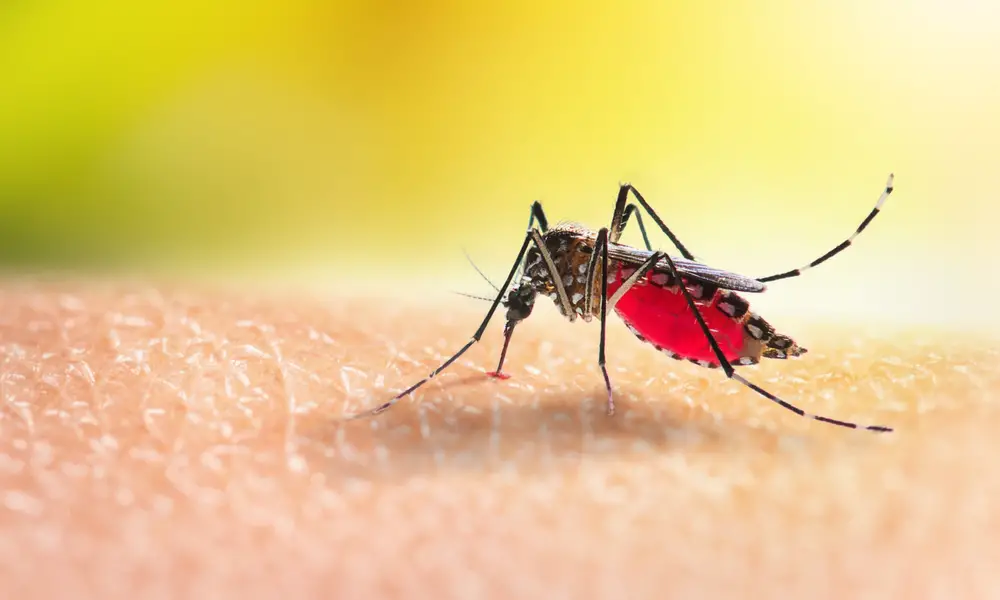
Yes, mosquitoes—the tiny, buzzing nuisances that ruin summer evenings—are more than just annoyances. These little bloodsuckers are responsible for transmitting deadly diseases like malaria, dengue fever, and Zika virus. Despite their small size, mosquitoes have historical clout, having been responsible for millions of deaths worldwide. Imagine trying to enjoy a backyard barbecue while these airborne assassins are plotting their next attack. It’s not just the itch that should concern you, it’s the tiny time bombs they carry, making them a formidable force despite their minuscule size.
Now, before you start wearing mosquito nets as daily attire, remember that not all mosquitoes carry diseases. But many do, and they don’t discriminate—they’re like tiny kamikaze pilots with a mission to make you feel their presence. So next time you hear that high-pitched whine near your ear, remember, it’s not just about the welt; it’s about the potential life-threatening hitchhikers they might be carrying. Stock up on bug spray and citronella candles because these tiny creatures are not to be underestimated.
2. Tiny But Mighty: The Box Jellyfish
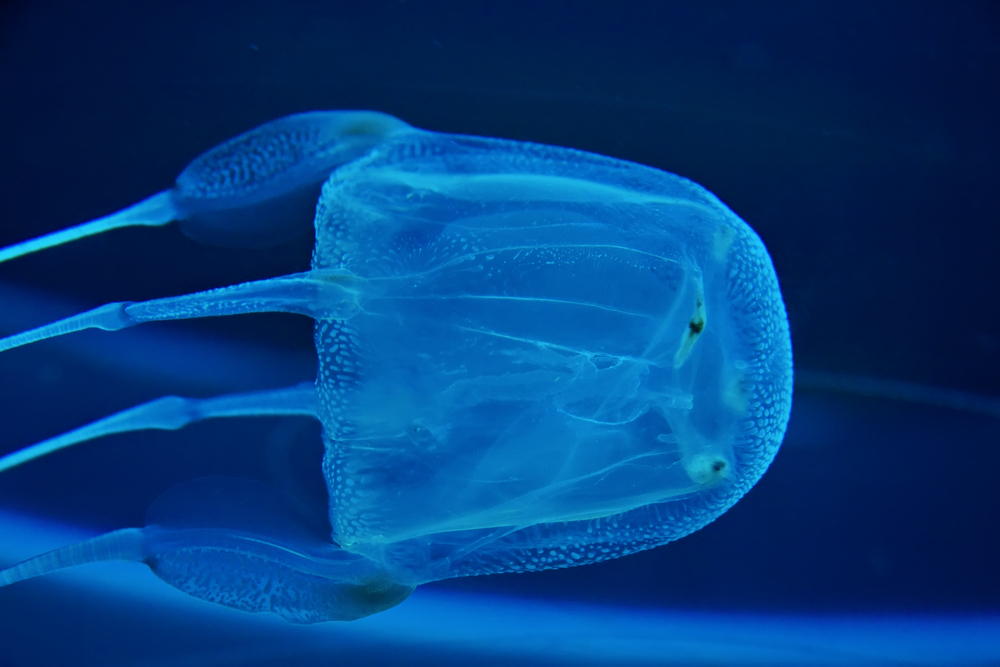
When you think of jellyfish, images of delicate, translucent creatures floating gracefully in the ocean might come to mind. But don’t let their ghostly beauty fool you; the box jellyfish is a lethal force of nature. Found mainly in the waters of the Indo-Pacific region, these tiny, cube-shaped creatures deliver a sting so powerful, it can cause heart failure in minutes. It’s nature’s way of showing that size doesn’t equate to harmlessness. Their tentacles are equipped with venom that attacks the heart, nervous system, and skin cells all at once.
What’s even more unsettling is their near-invisibility in the water, making them stealth predators. Forget Jaws; if you’re swimming in their waters, these nearly invisible creatures are the stuff of nightmares. If the thought of their sting doesn’t give you pause, their ability to move quickly and change direction might. Just remember, if the ocean’s calling your name, it might be wise to check where these boxy little baddies are lurking first.
3. The Unassuming Danger: Cone Snails
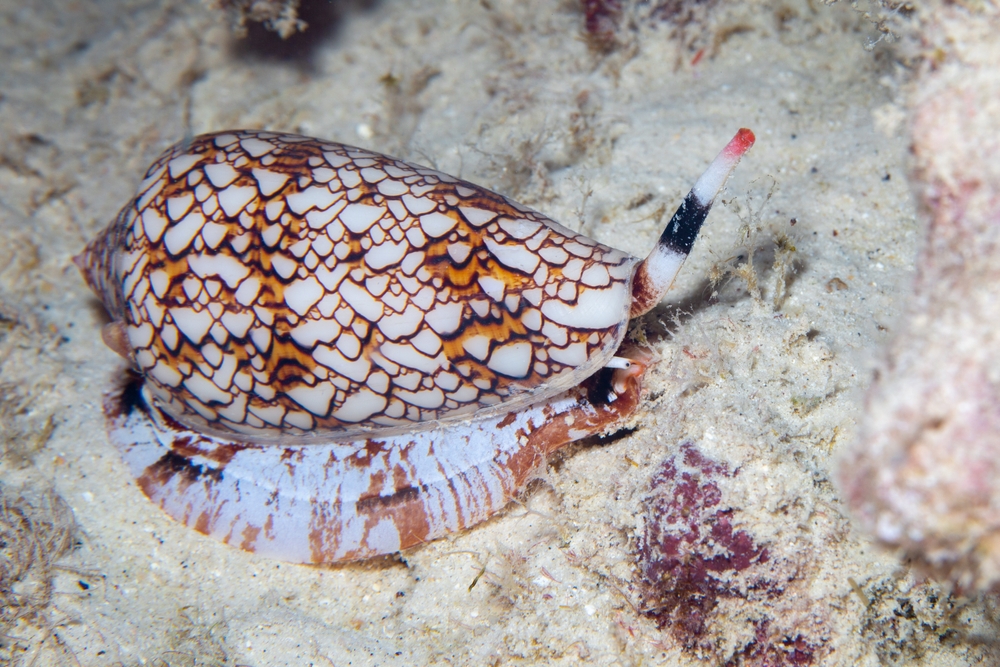
When you think of deadly creatures, snails probably don’t top your list. But the cone snail, with its beautifully ornate shell, is a master of deception. This marine creature packs a punch with its harpoon-like tooth capable of delivering venom strong enough to paralyze fish—and, yes, even humans. While they might look like the perfect addition to your beachcombing collection, picking one up is akin to handling a loaded weapon. If their sting doesn’t get you right away, the venom might slowly shut down your nervous system, making it a dangerous game of waiting.
Cone snails are slow, but that doesn’t mean they’re not hazardous. Often found in warm, tropical waters, they lie in wait to ambush their prey with toxic potency. And the worst part? There’s no known antidote. So next time you find a beautiful shell on the beach, remember it might be home to a tiny snail with a killer instinct. Look, but don’t touch, because the last thing you want is a vacation souvenir that puts you in a hospital.
4. The Not-So-Cuddly Critter: The Blue-Ringed Octopus
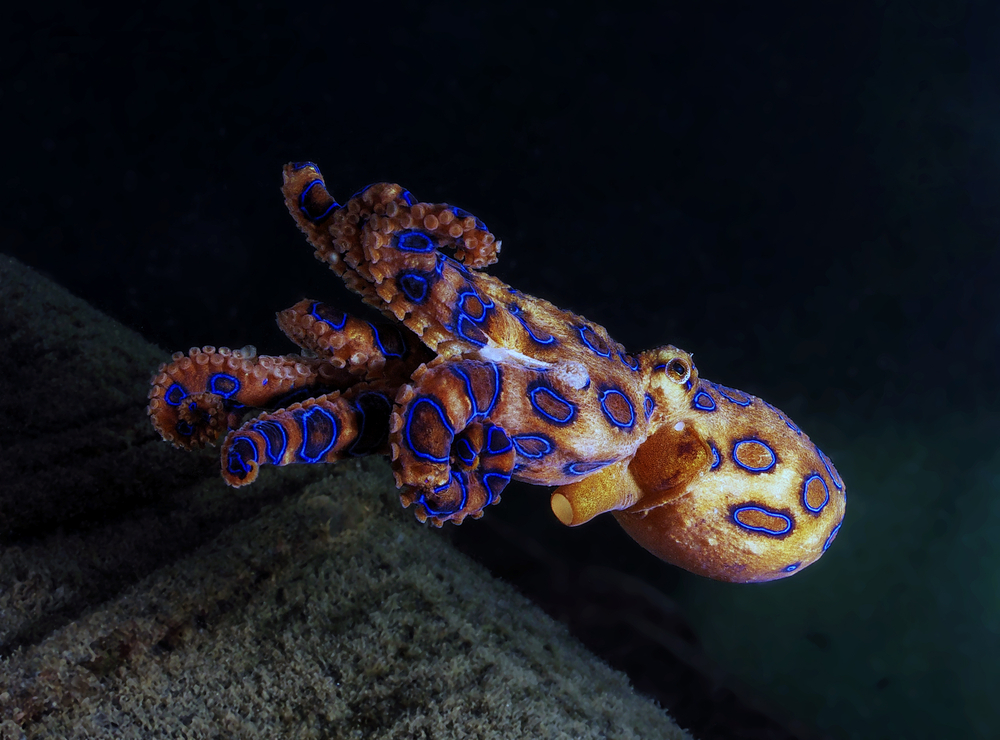
Octopuses are usually associated with mystique and intelligence, but the blue-ringed octopus takes things to a whole new level. This tiny sea creature, small enough to fit in the palm of your hand, carries venom potent enough to kill 26 adult humans within minutes. The worst part? There’s no antivenom. Its striking blue rings act as a warning signal, but by the time you see them, it might already be too late. Unlike other octopuses that might flee when threatened, this one is more likely to stand its ground, making it a true maritime menace. According to the Natural History Museum, blue-ringed octopuses can inject tetrodotoxin via a near-painless bite, which can rapidly weaken and paralyze muscles, leading to death if untreated.
These octopuses are native to the Pacific and Indian Oceans and are often found in tide pools and coral reefs. While they usually only bite when provoked, the real danger is their stealth. They blend seamlessly into their surroundings, making them a hidden threat to unsuspecting beachgoers. So, while those vibrant blue rings might seem like a photo op, snapping a selfie could be your last ill-advised tourist endeavor. Keep a respectful distance from these pintsized powerhouses, because the ocean is full of surprises, and not all of them are friendly.
5. The Insidious Invader: The Tsetse Fly
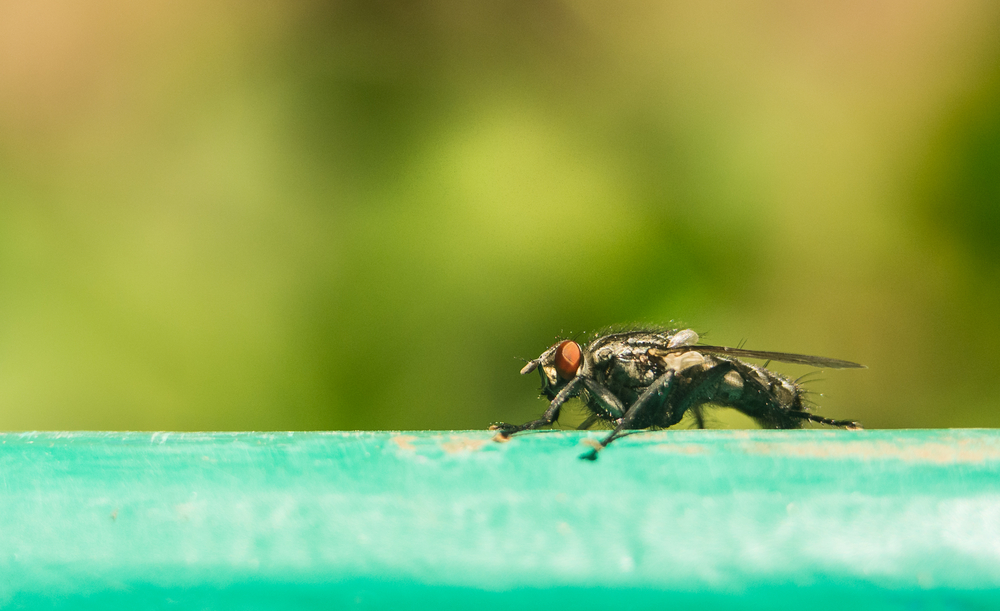
Flies are typically swatted away without a second thought, but the tsetse fly deserves more caution. As highlighted by the Centers for Disease Control and Prevention (CDC), the tsetse fly carries a parasite that causes African sleeping sickness, a disease that can be fatal if untreated. The bite itself might be insignificant, but the aftermath can be life-changing. Initial symptoms include fever, headache, and joint pain, but as the disease progresses, it attacks the central nervous system, leading to neurological issues and, eventually, death.
The fly’s ability to transmit this disease makes it a formidable enemy, particularly in rural areas where medical intervention might be limited. And it’s not just humans; the disease also affects livestock, posing a significant threat to local economies. While the tsetse fly might not be on your radar for your next safari, it’s a reminder that even the tiniest creatures can have a massive impact. So, if your travels take you to areas where these flies are prevalent, a little extra caution can go a long way in keeping you safe.
6. The Stealthy Stinger: The Bullet Ant
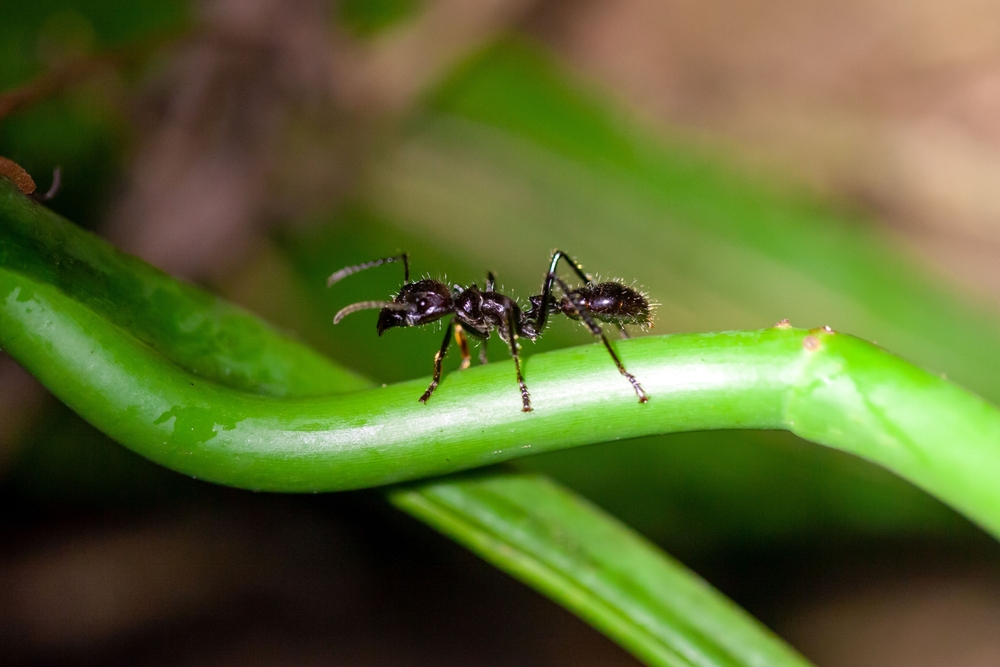
Ants are usually the least of anyone’s worries, but the bullet ant is an exception. Found in the rainforests of Central and South America, this tiny ant is infamous for having the most painful sting of any insect, described as akin to being shot. The pain can last for up to 24 hours and is so intense that it’s used in tribal initiation rituals. While the sting isn’t deadly, the sheer agony it causes earns it a spot on this list of fearsome tiny creatures.
Bullet ants are not aggressive unless provoked, but if you find yourself in their territory, be cautious. They’re large for ants, about an inch long, but their size is nothing compared to their sting’s potency. They nest in trees and shrubs, making them easy to overlook but hard to forget once you’ve encountered them. If you’re trekking through their habitat, it’s wise to watch where you step and grab, because brushing against these ants is an experience you won’t soon forget.
7. The Sneaky Swimmer: The Candiru Fish
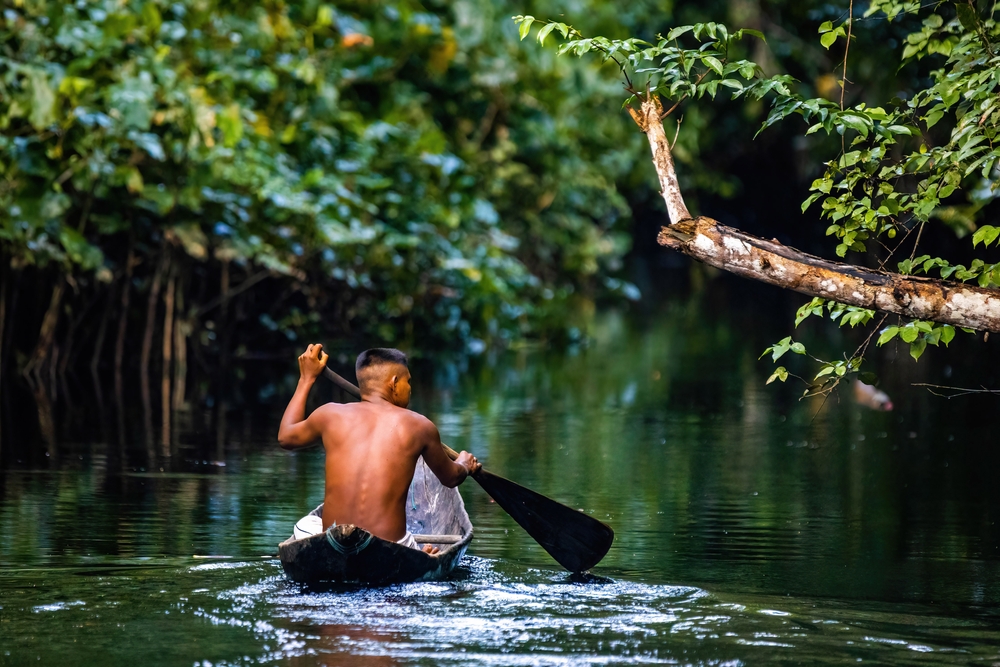
The Amazon River is home to many mysterious creatures, but the candiru fish is perhaps the most notorious. This tiny catfish, often called the “vampire fish,” has a reputation that borders on the mythical. Known for its parasitic tendencies, it’s infamous for swimming into the bodily orifices of unsuspecting individuals. While actual cases are rare, the idea alone is enough to make anyone think twice about taking a dip in Amazonian waters.
Living a mostly parasitic life, this fish usually targets larger fish, feeding on their blood. However, its reputation with humans has made it a stuff of legend, and not in a good way. Their small, slender bodies allow them to easily enter tight spaces, making them more feared than many larger river creatures. If you’re exploring the Amazon basin, it’s wise to take local advice seriously—sometimes the scariest creatures aren’t the largest ones lurking in the depths.
8. The Unseen Threat: The Kissing Bug
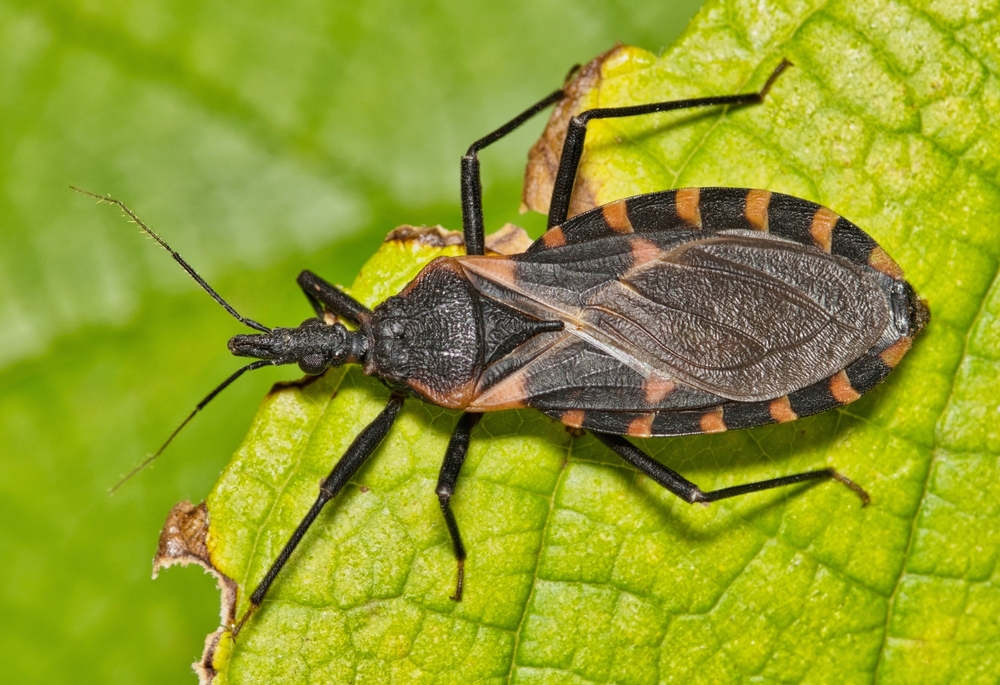
Bugs that deliver life-threatening kisses? Sounds like something out of a horror movie, but for the kissing bug, it’s real life. Found predominantly in the Americas, this bug is responsible for transmitting Chagas disease. The disease is delivered not through the bug’s bite, but through its feces, which it typically leaves near the bite wound. If inadvertently rubbed into the eyes or mouth, it can lead to severe health issues, sometimes showing symptoms years down the line.
Chagas disease can lead to severe cardiac and digestive problems, making the kissing bug far more dangerous than your average backyard insect. The insect itself is shy, feeding at night and remaining hidden during the day, making it hard to spot and even harder to avoid. If you live in or are traveling to areas where these bugs are prevalent, it’s wise to secure your living spaces and be cautious of these nocturnal nuisances. The kissing bug is a reminder that not all threats announce themselves with fangs or claws—some sneak in while you sleep.
9. The Tiny Terror: The Black Widow Spider
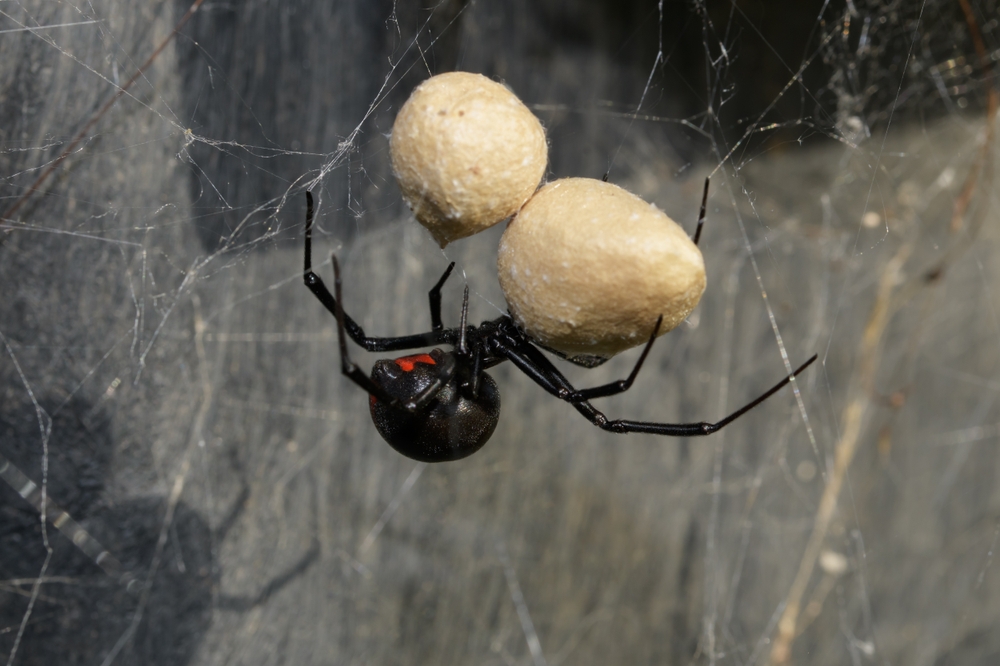
Spiders aren’t exactly everyone’s favorite houseguests, but the black widow spider takes arachnophobia to a whole new level. Recognizable by the red hourglass marking on its abdomen, this spider carries a venom that is 15 times more potent than a rattlesnake’s. While rarely fatal to humans, its bite causes severe muscle pain, cramps, and spasms, earning its place in the hall of terrifying tiny creatures. The bite is often called a “pinprick,” but what follows is anything but minor.
These spiders are usually non-aggressive and bite only in self-defense, so it’s best not to accidentally provoke them. Found in dimly lit areas like garages and basements, they’re often hidden from sight but not from the realm of fear. If you find yourself sharing space with these small but powerful arachnids, a little caution can save you from a world of hurt. Awareness and respect for their personal space can make all the difference between a peaceful coexistence and a painful encounter.
10. The Menacing Microscopic: The Army Ant
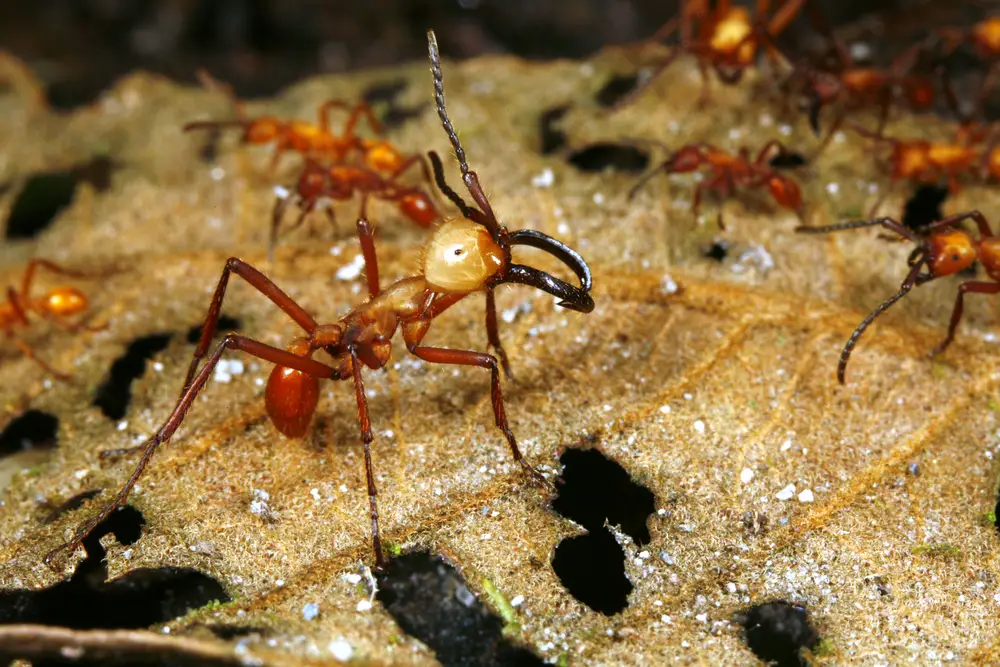
You might think of ants as harmless picnic crashers, but army ants are in a league of their own. Found mainly in the tropical rainforests, these ants are blind but have a relentless drive to consume anything in their path. Individually, they might seem insignificant, but as a colony, they’re a force of nature. They move in massive swarms, consuming plants, insects, and occasionally small animals, leaving barren landscapes in their wake.
Army ants are always on the move, and their strength lies in numbers. As a colony, they can strip an area of life in a matter of hours, making them a living, mobile threat. While they don’t pose a direct danger to humans, stumbling into their path can lead to painful bites and a quick retreat. Remember, in the world of army ants, it’s best to let them pass like tiny, unstoppable freight trains.
11. The Ferocious Flicker: The Pufferfish
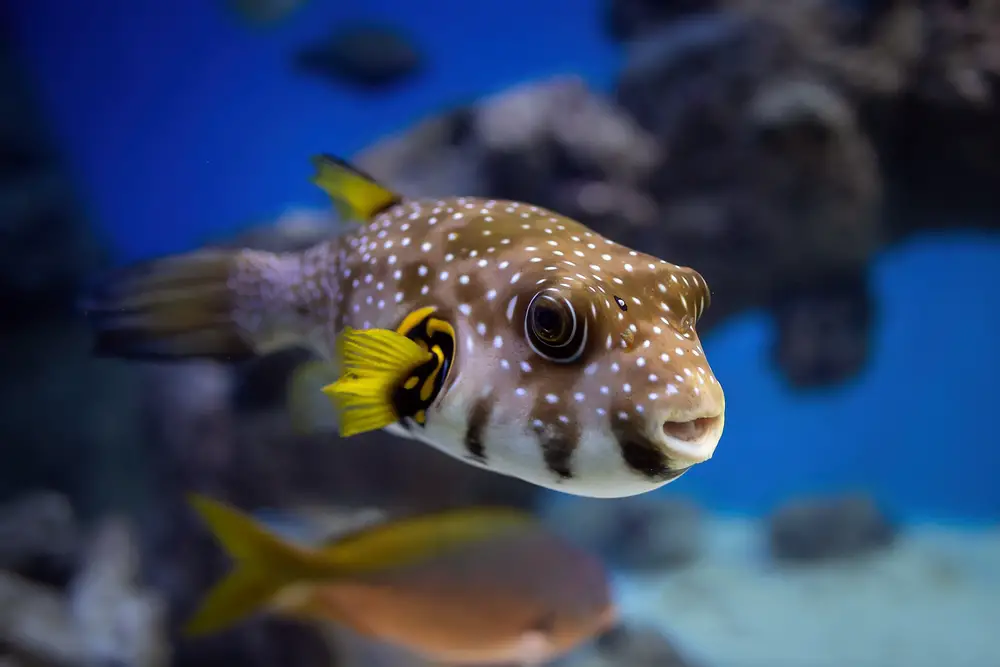
Okay, so pufferfish might be more medium-sized, but hear me out—they’re still small compared to their oceanic neighbors, and their deadly nature earns them a spot on this list. Pufferfish contain tetrodotoxin, a poison 1,200 times more deadly than cyanide. This toxin is concentrated in their organs, and a single fish holds enough to kill 30 adult humans. While they may look cute as they inflate into a spiky balloon, it’s their lethal potential that makes them one of the ocean’s most dangerous creatures.
Pufferfish are more than just a sushi delicacy; they’re a culinary Russian roulette. In Japan, only licensed chefs can prepare pufferfish, ensuring the deadly parts are removed. But accidents happen, and when they do, they’re often fatal. So, if you’re adventurous enough to try this dish, make sure you’re in expert hands. And if you see one in the wild, admire it from a distance—sometimes the cutest creatures are the most dangerous.
12. The Quaint Killer: The Irukandji Jellyfish
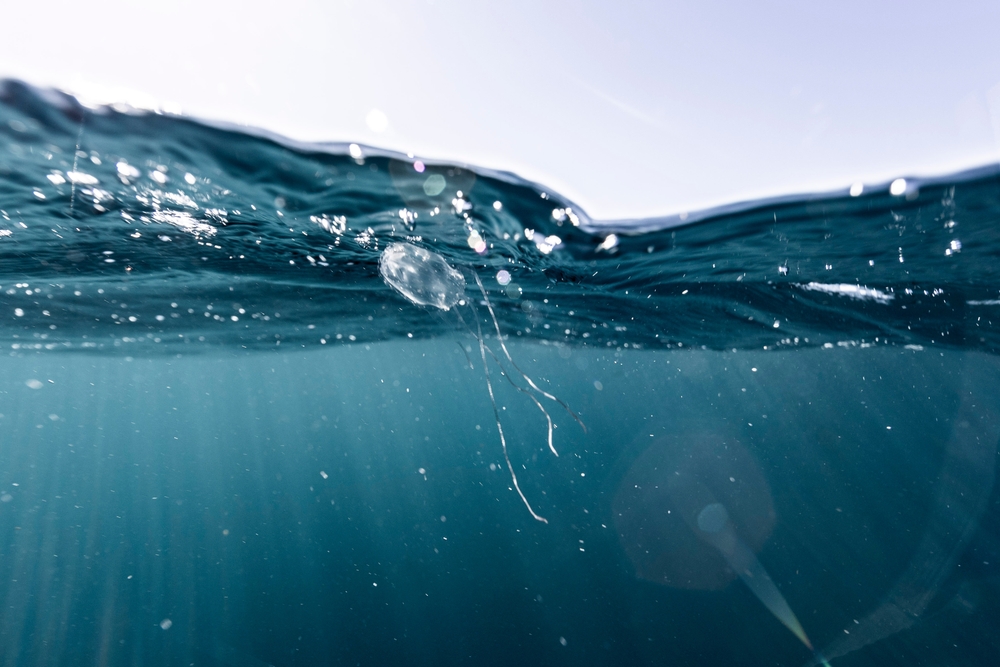
Just when you thought the ocean was safe after the box jellyfish, along comes the irukandji jellyfish. Though only the size of a fingernail, this tiny jellyfish delivers a sting that packs a powerful punch. Its venom can cause “irukandji syndrome,” which includes symptoms like severe pain, vomiting, and even heart failure in extreme cases. Found in the waters of Northern Australia, these jellyfish are a stark reminder of the ocean’s hidden dangers.
Irukandji are nearly invisible in the water, making them difficult to avoid. They might not be aggressive, but their mere presence is enough to cause beach closures and instill fear in swimmers. The pain from their sting is so intense that it’s often described as “feeling like you’re going to die.” If you’re planning a beach day in their territory, it’s wise to heed local warnings and swim in designated safe areas. After all, nobody wants their vacation interrupted by an unseen, pint-sized menace.
